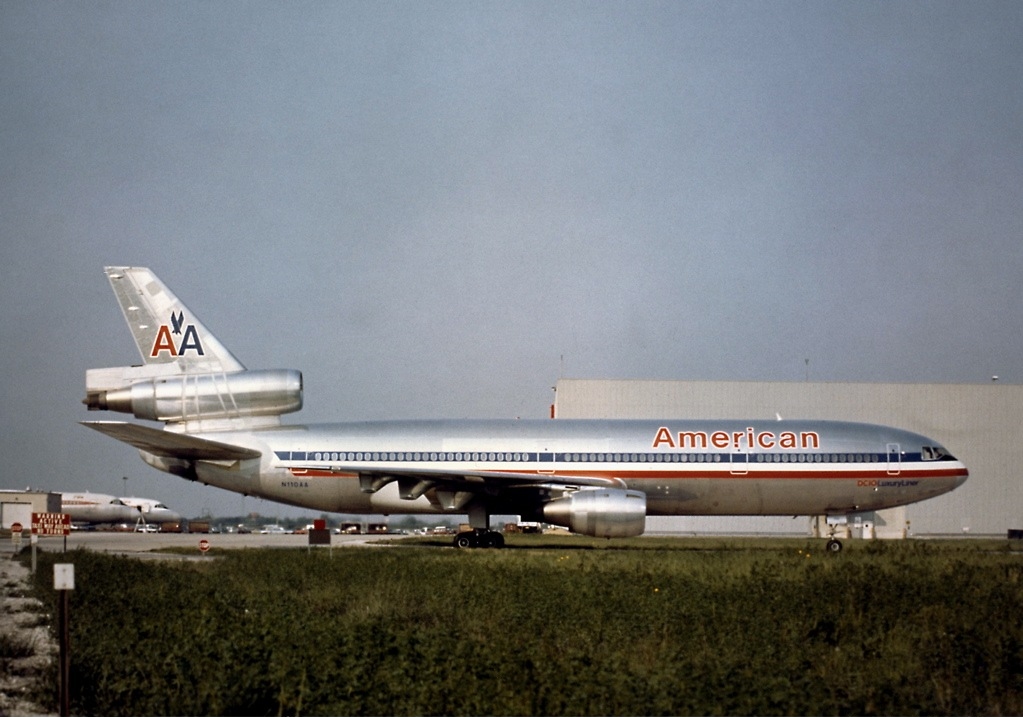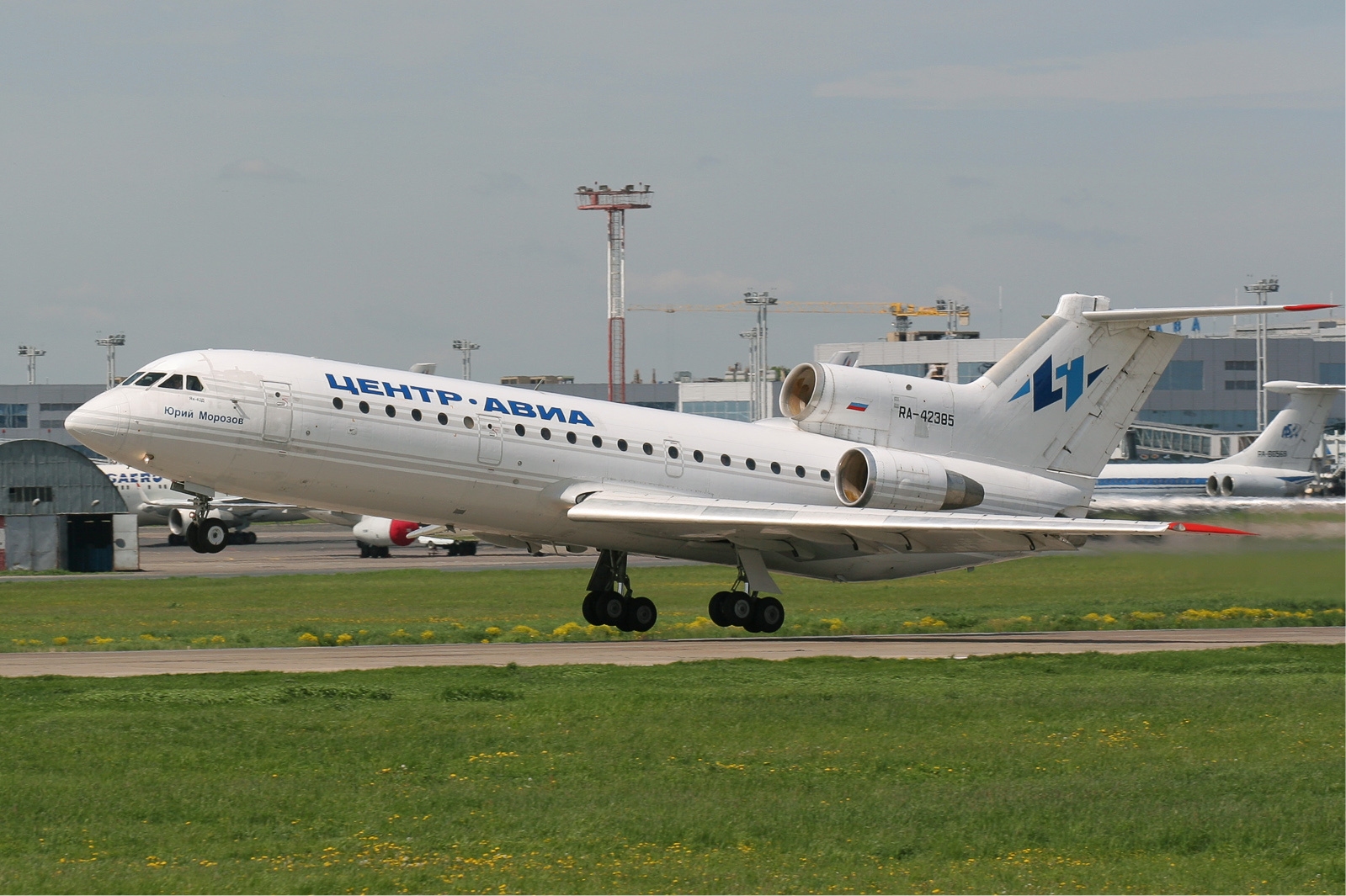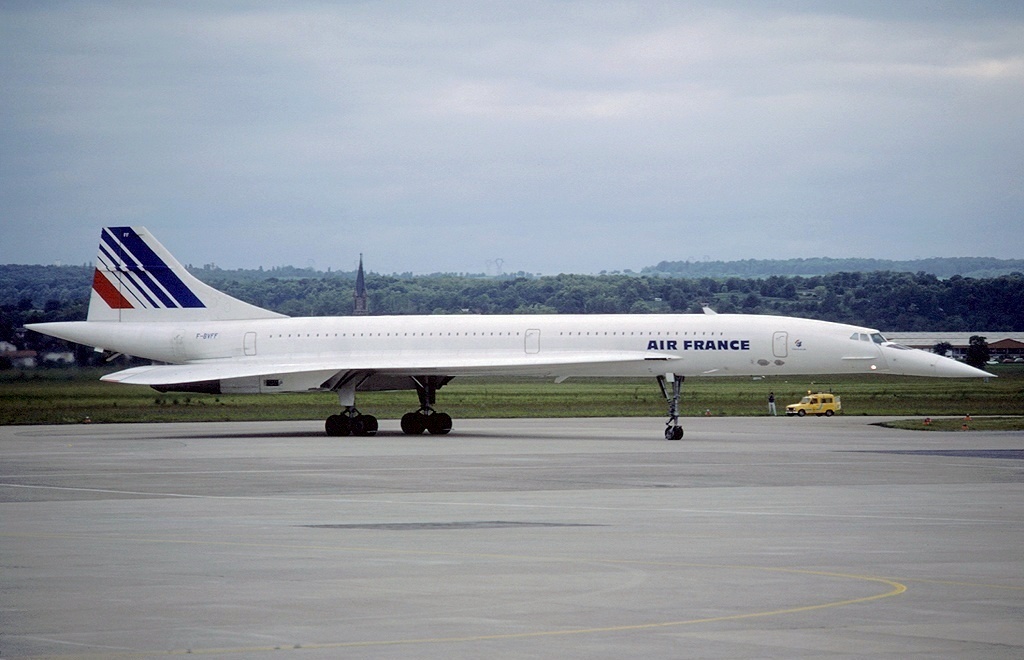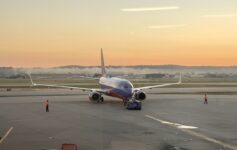121pilot, a commercial airline pilot in the USA, has graciously written a three-part series on the history of aircraft groundings. Today, we explore part two, the jet age. Click here for part one.
McDonnell Douglas DC-10

The fifth aircraft grounded was the McDonnell Douglas DC-10. The type had two early incidents (one fatal, one not) when the cargo door separated in-flight. This was caused by a fault in the design of the door locking mechanism which allowed the locking handle to be pushed flush giving every indication that the door was locked when it was not. The second incident, Turkish Airlines 981, resulted in a hull loss and the death of all aboard. The aircraft was not grounded. However, an Airworthiness Directive (AD) which specifics some action an airline must take to continue to fly the aircraft was issued requiring mandatory changes to the door locking mechanism.
Then on May 25, 1979 American flight 191 crashed on takeoff from Chicago O’Hare airport. The accident is one of the more interesting ones in history given the multitude of factors that played into it. During the takeoff rotation, the left engine pylon mount failed, resulting in the left engine tearing off the airplane and going up and over the wing. The resulting damage to the aircraft led to a section of the left wing slats (a part of the wing extended forward to enable flight at lower speeds) retracting. Damage to the electrical system also disabled both the stall warning system and the system which should have warned the crew of an asymmetric slat configuration. During the takeoff the aircraft had accelerated above V2 (the ideal engine out climb speed) and had obtained an airspeed that allowed continued safe flight even with the section of slats retracted. The crew not knowing about the slat retraction responded to the loss of the engine in accordance with their training and procedures and raised the nose to slow the aircraft to V2. As the aircraft slowed the left wing stalled leading to a loss of control and crash.
During the investigation, cracks were found in the engine pylons on other DC-10’s leading to the type being immediately grounded on June 6, 1979. The grounding was lifted on July 13, 1979 after further investigation determined that the pylon mount cracks had been caused by the airlines involved using an unapproved maintenance procedure. To save time they had been removing the engine and pylon as a single unit with a fork lift. As a result of the crash, an AD was issued requiring the installation of redundant stall and slat position warning systems. Engine failure procedures were also revised such that the speed to be flown was now the speed at the time of failure (up to V2 +10) or V2 whichever was greater. In other words, within certain limits crews should maintain the speed they had at the time the engine failed and not (as the crew of flight 191 had) slow the aircraft down for a marginal gain in climb performance.
Yak-42

The sixth type grounded was the Yak-42, a Soviet tri-engine medium-range airliner, that looks like a miniature version of the 727 with turbofan engines. The type was grounded after a crash on June 28, 1982. The horizontal stabilizer (which controls the pitch of the aircraft) detached from the aircraft in flight as a result of a failure of the screw jack actuator assembly. While information is limited, the type did eventually return to service in October of 1984 following a series of modifications.
Concorde

The seventh type grounded was the Concorde after a crash during takeoff on July 25, 2000. Initially, only Air France grounded its Concordes, but when the investigation narrowed in on a single point of failure this ultimately led to a grounding of British Airways’ Concordes in August of 2000. The crash was the result of a tire failure (the causes of which are disputed) which led to a rupture in one of the aircraft’s fuel tanks and a subsequent fire. The fire however, did not immediately doom Air France 4590 though the BEA believed it would have been fatal in any case. The aircraft during takeoff suffered a dual engine failure that became a single engine failure when engine number 1 recovered. With three engines running and the aircraft below its engine inoperative climb speed, it was balanced on a knife edge especially given the unique requirements of flying Concorde. Unfortunately, engine number 1 subsequently failed yet again. With only two engines running at maximum takeoff weight and low airspeed Concorde was doomed. After a series of modifications, the aircraft was returned to flight in November of 2001.
Boeing 787

The eighth type grounded was the 787 on January 16, 2013. The type was grounded after several incidents with their lithium-ion batteries. Most notable of these were a fire on an aircraft parked at Boston Logan and an emergency landing and evacuation of an ANA 787. The grounding was lifted on April 19, 2013 after changes to the battery system including a redesigned battery and a new battery enclosure designed to ensure containment should even the worst occur.
Tomorrow: part three, focusing on the Boeing 737 MAX




This is interesting Matthew. Thanks
Sooo…. All of these to defends boeing?
Really enjoying this series – it puts the current issues with the MAX into some context.